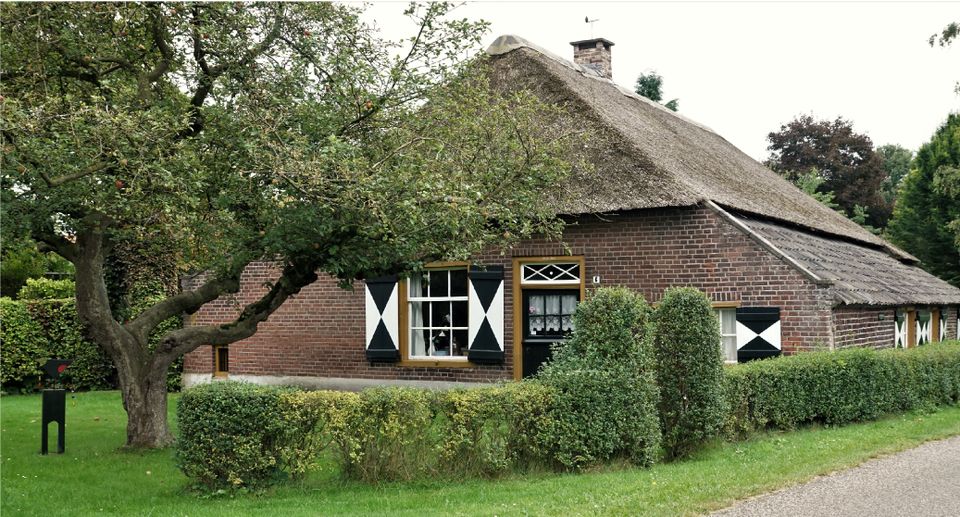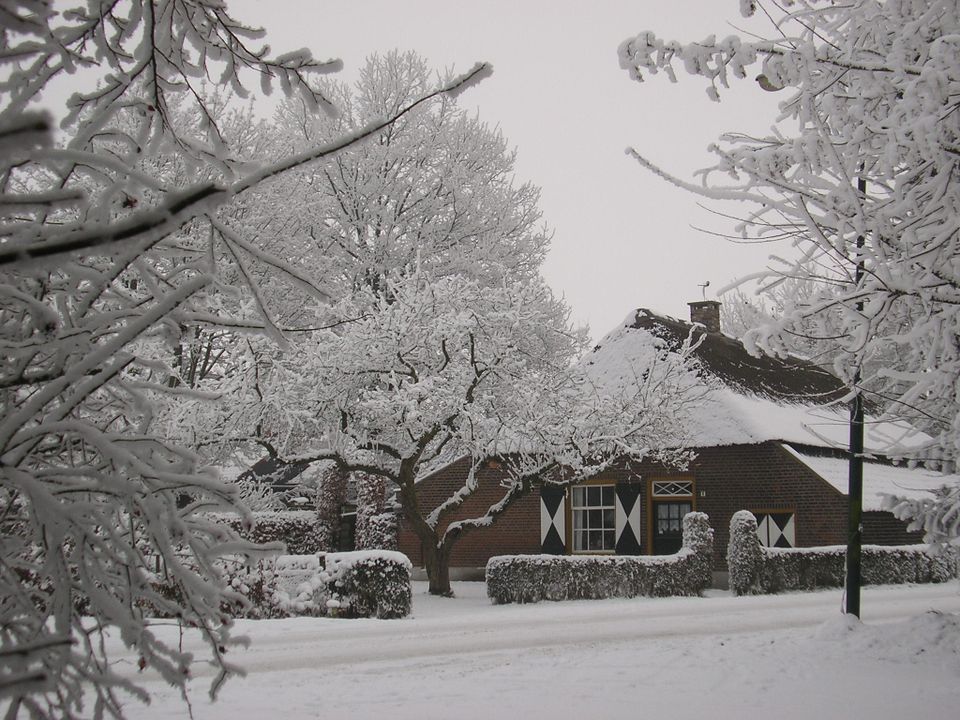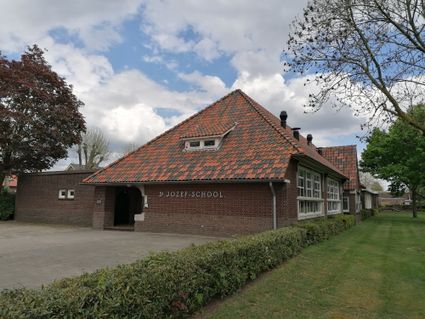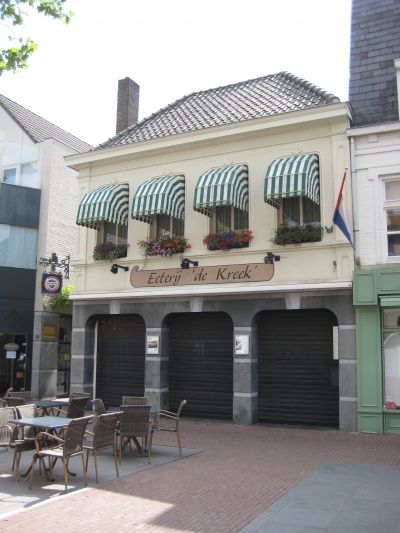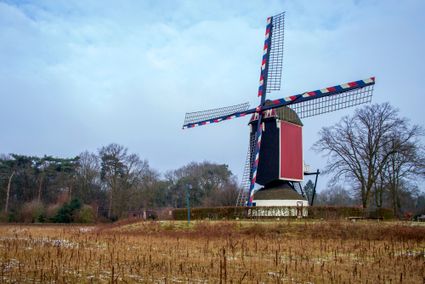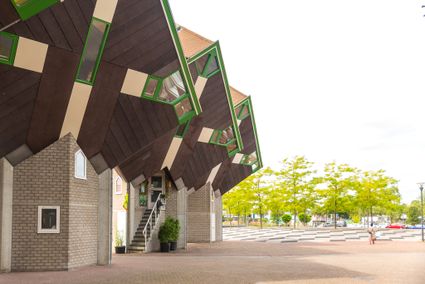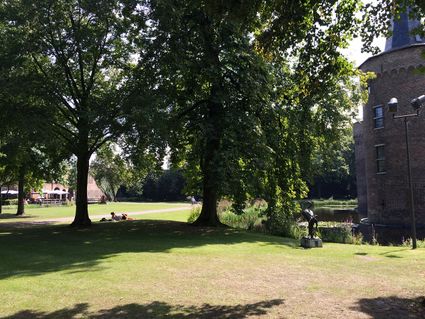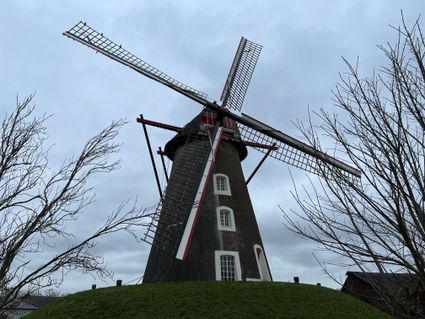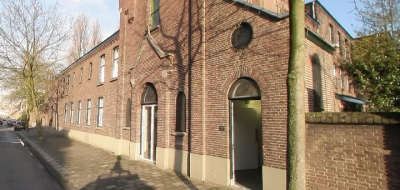Boerderij: D'n Traonpot, wevershuis anno 1752, Gemert
This beautiful farm in the hamlet of Boekent between Gemert and De Mortel has long been used as a home weaving mill. In the age-old hamlet of Boekent, formed around a junction of five roads just outside present-day Gemert, you can still find this beautifully preserved short-gabled farmhouse.
In 1752, two half-dwellings were made into one house at this location. A home weaving mill was…
This beautiful farm in the hamlet of Boekent between Gemert and De Mortel has long been used as a home weaving mill. In the age-old hamlet of Boekent, formed around a junction of five roads just outside present-day Gemert, you can still find this beautifully preserved short-gabled farmhouse.
In 1752, two half-dwellings were made into one house at this location. A home weaving mill was located at this location until around 1908. A handloom loom stood in front of each of the originally five windows on the street side. In earlier times, the owner/resident also grew the flax from which linen was made himself. Gemert was an important centre for home weavers in the 19th century, close to the more industrial Helmond and with low labour costs. This position was lost with the rise of machine weaving in the late 19th century. Gemert still tried to keep up with the momentum by also setting up a weaving factory, but to no avail. They had, literally, missed the boat. The new canal the Zuid-Willemsvaart ran past Helmond Someren and not Gemert. Transport to and from Gemert was now expensive compared to places that did border the canal.
The name D'n Traonpot must have come from a by-product of flax farming, namely linseed oil ('traon'). From 1908 to 1969, the property was in use as a small farmhouse, since then as a residence. On the chimney a weather vane depicting a 'traonpot' (pot in which the linseed oil was kept), an original 'traonpot' is on the windowsill in d'n herd in front of the window. A so-called starling pot hangs under the thatched eaves of the front facade.
